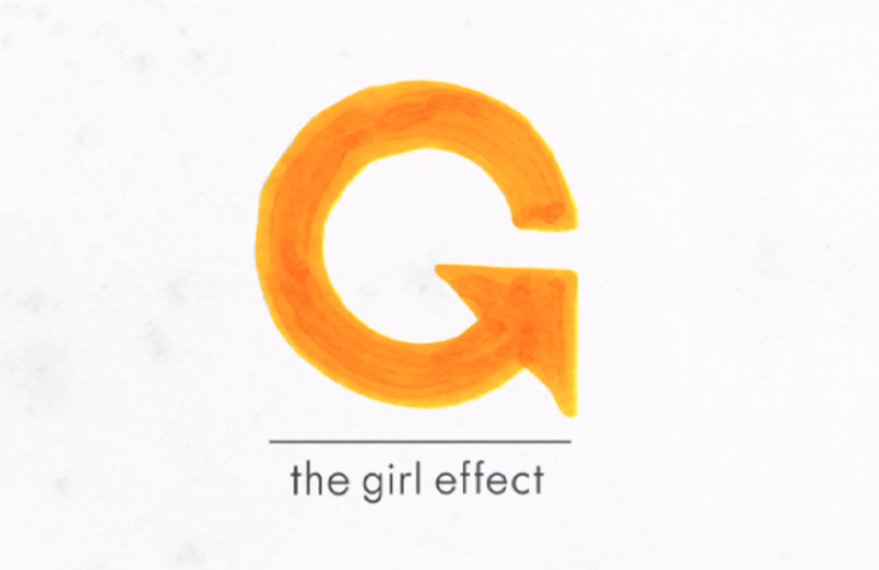Social search is starting to be seen as an innovation that offers tremendous opportunities for organisations, particularly Social Businesses. However, many are still unaware of what it is and what it can do. Social search (or social search engine) is a term that uses the “social graph” when doing the search. This gives increased visibility regarding content that has been created by users in the so-called social graph. Social search can include tagging, shared bookmarks and labels to more sophisticated activities. It includes commenting on different images, videos, bookmarks and others.
According to Greg Satell (2009) of Digital Tonto, social search has huge potential. This is not necessarily being exploited by all that it could be. Satell believes that social search makes “intuitive sense”. That is because we of course know many people, and some of them may be able to help us with the information that they have. However, understanding specifically who can help from within our social networks can be quite challenging. And our social networks may be very vast. As Satell explains, on his LinkedIn profile he has several hundred contacts. However, his second degree friends (friends of friends) amount to more than 100,000 people. Friends of his friends’ friends total somewhere in the millions. These people are just two clicks away and may have interesting information that can help. This means we can in theory find out just about anything we want to know from our social networks, but we need to be able to find it. This is where it becomes a little bit more challenging.
Some people try to leverage this by “broadcasting network searches”. People may post a status on Facebook explaining how they have lost their cat, or are looking for information on something, but this can be a relatively inefficient way of getting information from social search. This can lead to lots of people messaging and providing information, much of which may not be particularly helpful in terms of the specific task at hand, such as messages of support.
Doing Social Search Through Directed Network Search
Satell proposes that directed network searches can be more effective so that we can get the information we need without having to go through too many steps to get there. As he puts it:
“We have a desire for some information, and we immediately scan our local network.”
This is not a geographical network but proximity in terms of social distance – we contact our first degree connections. For example, we target people that we think will know what we want to find out. If for example we want to know where to get a great coffee in Berlin we might contact a person that lives there to give us advice, or we might turn to someone who has visited the city recently. These types of social searches using first degree contacts are relatively straightforward. A more interesting situation might be if someone who knows the one doing the search, but who didn’t know anyone in, say Berlin, was travelling and wanted a great coffee there would be directed to someone that knows the city to find that coffee. It’s an inadvertent route to get there, but it can work.
Affiliation networks are also used by us to social search, such as if we want to find an antiques dealer in Manchester. We might talk to antiques dealers we know, as well as people in Manchester, and between the two we may find what we are looking for.
HITS algorithm
The HITS algorithm provides another type of social search, and according to Satell it was pioneered by Jon Kleinberg of Cornell. HITS is similar to a google search in many ways but has one important difference. Page rank only considers the target of the search. However, Authorities (the target of the search query) and Hubs (that lead to the authorities) are both considered important by Satell. This search methodology is used by Amazon. For example, Satell illustrates how Amazon will tell us that people who bought this book bought another book that we also might be interested in. It helps us to make choices.
It is Satell’s belief that in the future the underlying logic of social search will be important in figuring out how people and information relate to one another. Algorithms may continue to help with this to aid people to find points of commonality between groups, people and things that may initially seem somewhat unconnected. Satell argues that ultimately consumer targeting, content management and web usability will be the benefactors of this.

Paula Newton is a business writer, editor and management consultant with extensive experience writing and consulting for both start-ups and long established companies. She has ten years management and leadership experience gained at BSkyB in London and Viva Travel Guides in Quito, Ecuador, giving her a depth of insight into innovation in international business. With an MBA from the University of Hull and many years of experience running her own business consultancy, Paula’s background allows her to connect with a diverse range of clients, including cutting edge technology and web-based start-ups but also multinationals in need of assistance. Paula has played a defining role in shaping organizational strategy for a wide range of different organizations, including for-profit, NGOs and charities. Paula has also served on the Board of Directors for the South American Explorers Club in Quito, Ecuador.





























